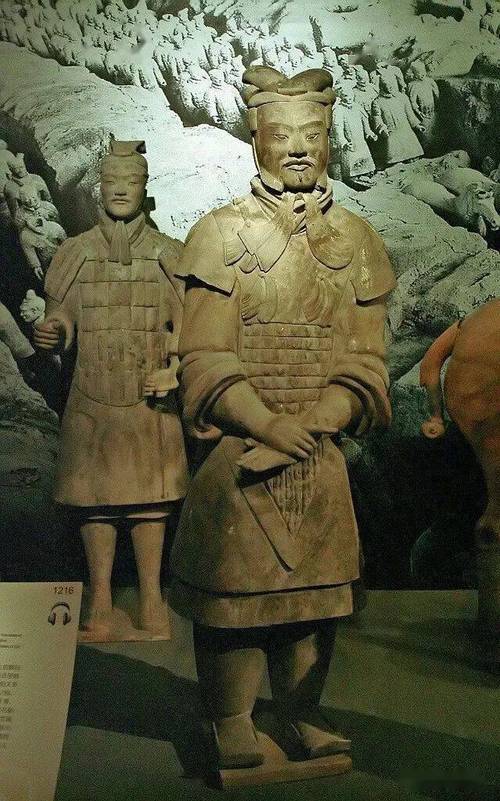
Do All Terracotta Warriors Look the Same?
The answer is True. Each Terracotta Warrior is indeed made with incredible precision and attention to detail, resulting in an army of soldiers that appear nearly identical.
The Illusion of Uniformity
At first glance, the sheer scale of the Terracotta Army and the remarkable similarity of the soldiers can give the impression that they were mass-produced from a single mold. However, this is a misconception.
Unique Features and Variations
While the warriors share a standardized body shape and armor style, closer examination reveals subtle but significant differences. These variations, crafted by the skilled artisans of the Qin dynasty, give each soldier a unique identity:
- Facial Features: Each warrior has a distinct face with individual hairstyles, expressions, and features. From the shape of their eyes and noses to the curve of their lips and the lines on their foreheads, no two faces are exactly alike.
- Hairstyles and Headwear: The soldiers sport a variety of hairstyles, some with their hair tied up in buns, others with elaborate braids, and some with their heads covered by helmets of different designs. These details are not random but reflect the rank and role of each soldier.
- Armor and Clothing: While the basic design of the armor remains consistent, there are variations in the decorative patterns, the placement of straps and buckles, and the types of footwear worn. These details likely denote different ranks within the army.
- Posture and Position: The warriors are positioned in various stances, some standing at attention, others kneeling with weapons drawn. These different poses, combined with the individual facial expressions, create a sense of dynamism and life within the army.
The Artistry of Individuality
The creation of such a vast army with subtle individual characteristics is a testament to the skill, artistry, and dedication of the Qin dynasty craftspeople. They employed a combination of standardized molds for the basic body shape and hand-carving techniques to add individual features.
Why the Variations?
The reasons for these individual variations are not fully understood. Some historians believe that the artisans aimed to create a realistic portrayal of a diverse army, rather than a homogeneous force. Others suggest that the variations served a practical purpose, perhaps making it easier for commanders to identify individual soldiers within the ranks.
A Legacy of Individuality
Regardless of the reason, the individual characteristics of each Terracotta Warrior elevate them from mere statues to works of art. They stand as a testament to the human desire for individuality, even within a system of uniformity. The Terracotta Army is not just a collection of soldiers; it's a collection of individuals, each with their own story to tell.
Q&A
Q1: Were the Terracotta Warriors modeled after real soldiers?
A: While there's no definitive proof, many historians believe they were likely inspired by real soldiers, as their features and details are incredibly lifelike and varied.
Q2: How were the Terracotta Warriors made to look so different?
A: Artisans used a combination of standardized molds for the body and limbs, then meticulously hand-carved individual features like faces, hairstyles, and armor details.
Q3: Is there any significance to the different facial expressions on the Terracotta Warriors?
A: The exact meaning is debated, but the varied expressions likely aimed to create a sense of realism and individuality within the army, showcasing a range of emotions and personalities.